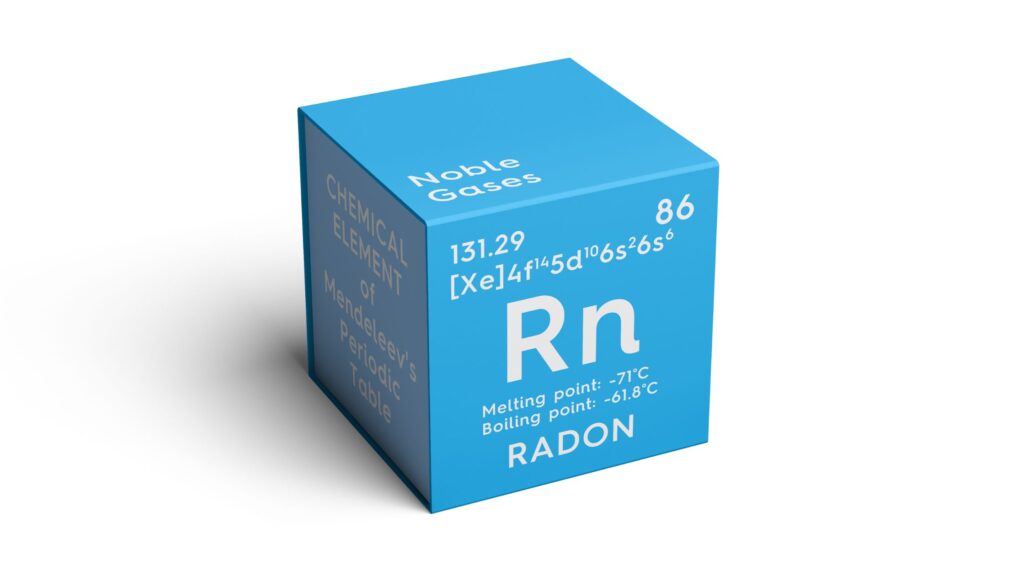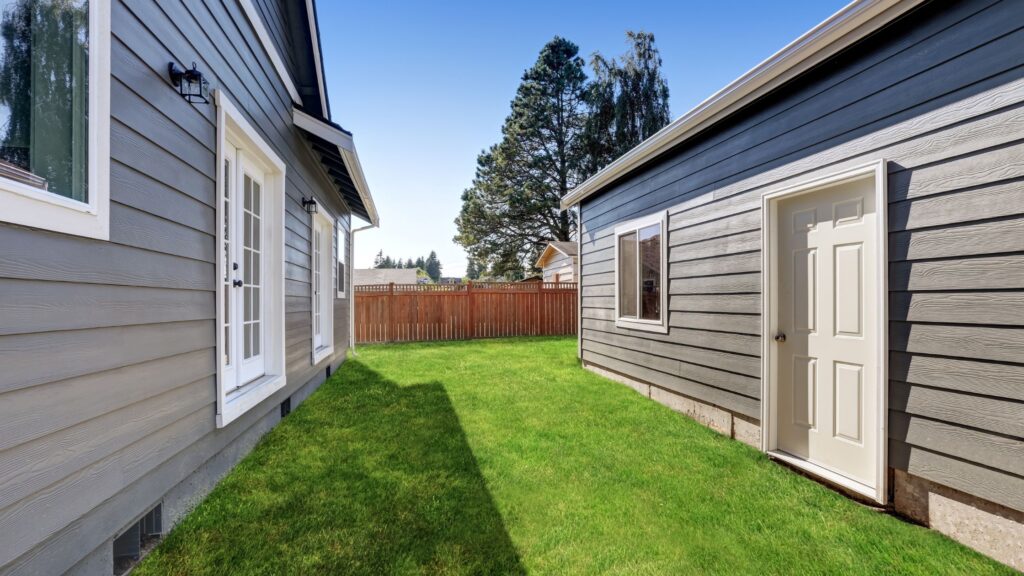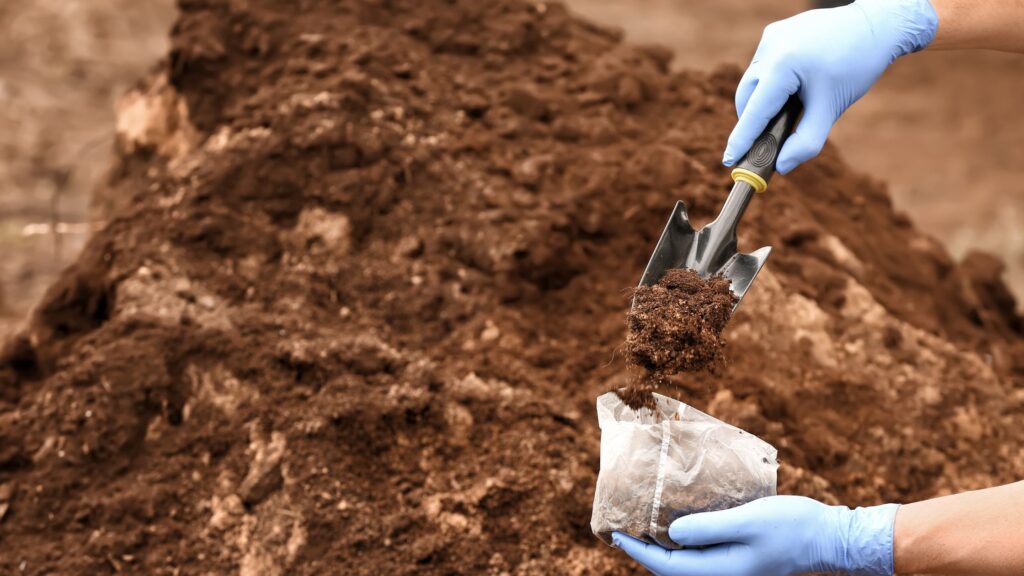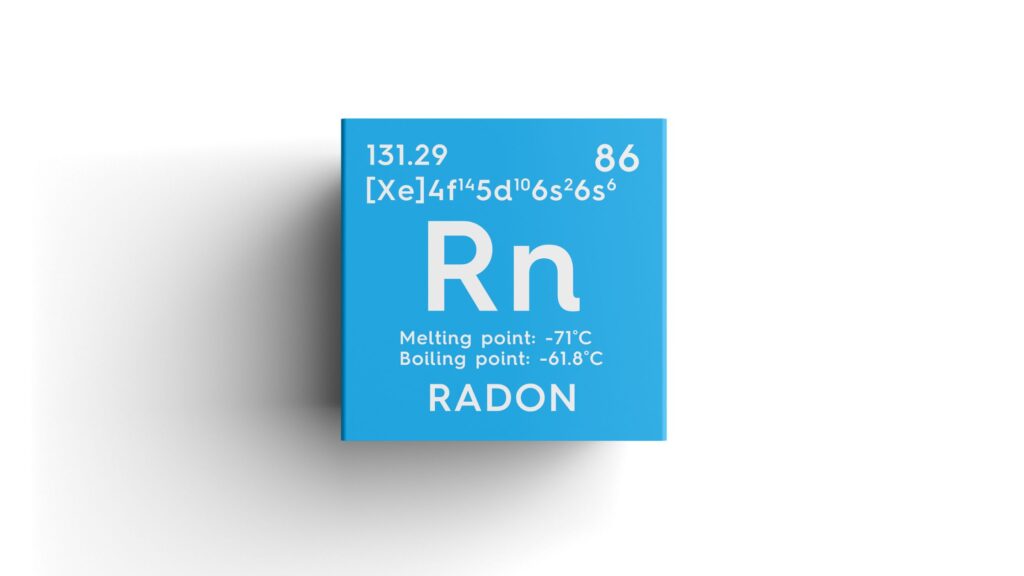Radon is an invisible but dangerous gas that poses serious health risks when it accumulates inside homes. Because it has no color, odor, or taste, it often goes unnoticed without testing. In Ankeny, Iowa, many homes are located in areas with naturally high radon levels, making professional testing an essential step in protecting household health.
In this article, we’ll cover what radon is, why testing matters, how professional inspections work, and finally, the benefits of using certified service providers.

What Is Radon and Why Does It Matter
Radon is a naturally occurring radioactive gas released when uranium in soil or rock breaks down. It can enter homes through cracks in foundations, floor gaps, pipe openings, crawl spaces, etc., and once indoors, it can build up to dangerous levels if not addressed.
Long-term exposure is the second leading cause of lung cancer in the U.S., and non-smokers are also at risk. Because radon cannot be detected without testing, families in Ankeny must be proactive. Children, seniors, and people with compromised health are especially vulnerable, which makes routine radon testing a priority.
Radon risk is not limited to basements alone—it can spread throughout the home via air circulation, meaning every room may be affected if levels are high. Learn more about How Experts Help Prevent Symptoms of Radon Exposure.
Why Ankeny Radon Testing Is Essential
Ankeny lies in a region with soil conditions that produce higher-than-average radon levels. Even newly constructed homes with modern foundations are not immune.
Studies in Iowa show that more than 70% of homes test above the EPA’s action level of 4.0 pCi/L, which makes radon testing more than just a precaution—it is a necessity for safe living.
Testing is also becoming common in real estate transactions, allowing sellers to demonstrate compliance and buyers to feel confident about their investment. Detecting radon early not only protects families but also helps maintain property value, since homes with mitigation systems often sell faster.
For homeowners, radon testing is one of the most cost-effective health measures available, providing long-term protection for a relatively small upfront investment.
How Professional Radon Testing Works
Certified inspectors in Ankeny follow a careful process to ensure reliable results:
Step 1: Initial Evaluation
Inspectors examine the home’s structure and potential entry points.
Step 2: Detector Placement
Short-term (2–7 days) or long-term (90+ days) monitors are installed in the lowest livable area.
Step 3: Continuous Monitoring
Devices record radon levels, factoring in ventilation, weather, and occupancy.
Step 4: Data Review & Report
A detailed report explains results and identifies any risks.
Step 5: Recommended Actions
If levels are high, professionals suggest tailored mitigation solutions.
Unlike DIY kits, professional testing uses calibrated devices that ensure accuracy and compliance with EPA standards.

Benefits of Professional Radon Testing
Professional testing provides several key advantages over DIY methods:
- Accurate Results – Certified monitors eliminate user errors.
- Expert Guidance – Professionals analyze data and recommend practical steps.
- Regulatory Compliance – Reports meet EPA and Iowa state guidelines.
- Fast Turnaround – Results are often available within 48 hours.
- Peace of Mind – Families know they are safe from hidden risks.
- Post-Mitigation Verification – Providers retest to confirm long-term effectiveness.
Professional services also reduce stress for homeowners. Instead of guessing or worrying about potential exposure, residents gain clear answers and action plans, allowing them to focus on prevention and safety.
Effective Radon Mitigation Options
If elevated levels are detected, certified mitigation systems can significantly reduce radon exposure. Common methods include:
- Sub-Slab Depressurization – A venting system draws radon from beneath the foundation and expels it outside.
- Crawl Space Sealing – Plastic membranes cover exposed soil to block radon entry.
- Foundation Crack Sealing – Filling gaps in floors and walls helps reduce infiltration.
The right solution depends on home design and soil conditions, and certified professionals ensure compliance and maximum effectiveness.
Practical Tips for Homeowners
To keep radon risks under control, homeowners in Ankeny should:
- Test every two years, or after major renovations.
- Retest following the installation of a mitigation system.
- Improve ventilation in basements and crawl spaces.
- Seal visible cracks in floors and foundations.
- Stay updated with EPA guidelines and state recommendations.
- Educate family members about the dangers of radon.
It is also recommended to test during different seasons, as radon levels can fluctuate with weather and ventilation patterns.
Conclusion
Radon is a silent but serious threat that requires immediate attention. Through accurate testing, expert analysis, and proven mitigation strategies, families in Ankeny can ensure safe and healthy living spaces. Certified radon services guarantee compliance, reliability, and long-term protection.
For trusted inspections and mitigation, DSM Radon offers certified solutions tailored to each property, providing homeowners with confidence and peace of mind. Their commitment to accuracy and ongoing support helps ensure homes remain safe year after year.

FAQs
1. How often should homes be tested for radon?
Every two years, or after major renovations, to confirm levels remain safe.
2. Can new homes still have radon problems?
Yes. Radon can enter any home, regardless of its age or construction style.
3. How long does professional testing take?
Short-term tests typically last 2–7 days, and reports are available soon after.
4. Are mitigation systems permanent?
Yes, but regular maintenance and retesting are necessary to ensure long-term effectiveness.





